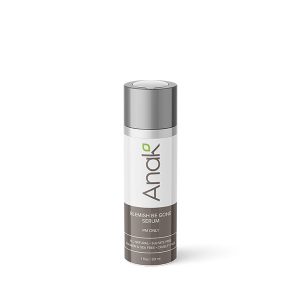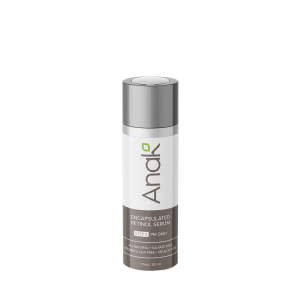
How to Get Rid of Scars on Black Skin
“Skin is skin. How a wound heals depends on how it is cared for.” – Anakarina Arguello.
Welcome back to our natural skincare blog. This week we are diving into melanin skincare and if there is truly a difference in how we care for our skin due to its pigmentation. When we think of scarring, we think of its causes first—acne, eczema, wounds, and sunburn. If you have scars, of course, this can in some cases bring down your self-esteem. But have you wondered how does a scar heal? For the treatment of a scar, it would depend on its cause and prominence.
Related articles: What are Blemishes?
There are a significant number of products we can use to reduce the look of scarring. For example, a keloid scar may require surgery, whereas medical-grade creams could be more suitable for acne scars. Fine scars may fade on their own. As an African American, it is easy to think that due to the complexion on your skin there can be some special cream or ingredient used to get rid of your scars. This does not seem to be the case overall. How we reduce the appearance of scars will ultimately come down to what product you use, frequency, and how the wound came about in the first place.
If person A and person B are two different races but have the same type of scarring, there will be a difference in appearance contingent upon the treatment used. So, what are some good options for treating scars depending on its origin?
Fresh Aloe Vera: Make sure you get the best quality, Aloe Vera, you can find. Get a potted Aloe Vera plant for best results to make sure it is entirely fresh. Just break off a leaf and peel away the outer flesh to expose the gel.
One of our best sellers for scar treatment is the Revitalize Lavender and Sage Body Butter, (MSRP $12.00). Our customers swear by this product as one of its key ingredients is Aloe Vera.
Coconut Oil: This oil is a fantastic moisturizer and an excellent all-around healing product. Scrape a quarter of a teaspoon of hardened organic virgin coconut oil and let it warm to an oil. Then put on the affected areas for about 30 minutes.
Honey: Honey is a natural moisturizer that also comes with enzymes, vitamins and minerals. Mix a teaspoon of cinnamon into two tablespoons of honey for additional benefits. Massage into the scars.
Vitamin E Oil: You can purchase a bottle of Vitamin E and apply it right to the skin.
When we have scars it can no doubt make us self-conscious. If you’re interested in taking things a step further there are ingredients in specific products that you should be on the lookout for when the aim is to reduce the appearance of dark spots or scars on your skin. Hydroquinone is one of the best ingredients for scar removal as it is a bleaching agent. Most dermatologists can recommend this depending on how severe your scaring may be. Retinoid is another option and for this reason, our Encapsulated Retinol Serum continues to receive high praise. With ingredients that are best for normal, oily/combination, and hyperpigmented as well as mature skin.
If your primary focus is the reduction of eczema scars, this may be the one exception to the rule as statistics have shown that in the United States, the condition tends to be more severe in African American children than in White children. Eczema on Black skin can appear brown, purple or grey. Black people tend to have other symptoms as well, such as dark circles around the eyes. They may also be prone to developing a form of eczema called papular eczema, which involves small goosebump-like protrusions. As eczema causes itchiness, it is a normal response to scratch the skin. However, too much scratching can cause scarring and skin thickening. Our Blemish Be Gone Serum is ideal for this kind of condition—with Niacinamide as an active ingredient.

Let us help you with your skincare and get you on track. Schedule a virtual consultation now.
Written by Danielle Wright
Photo by Tima Miroshnichenko from Pexels



